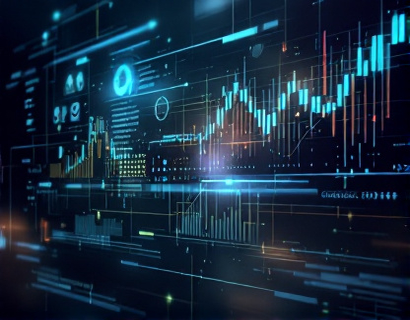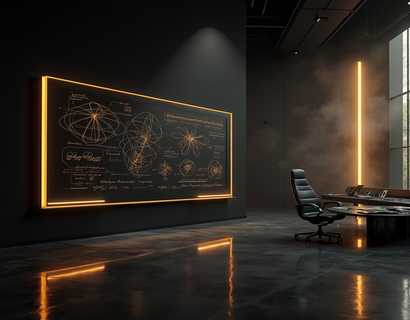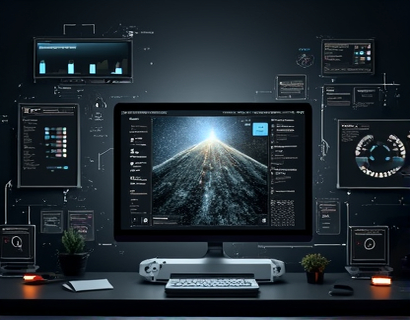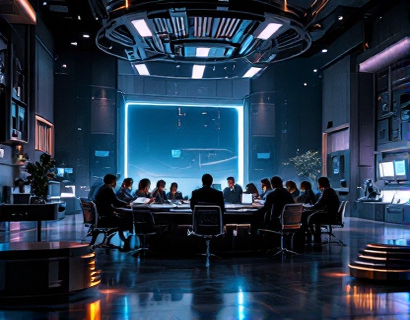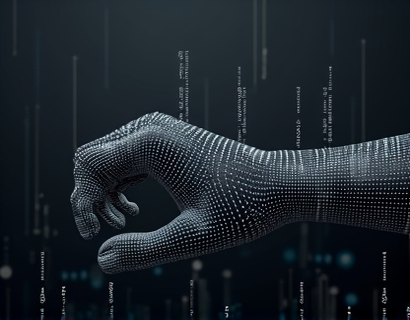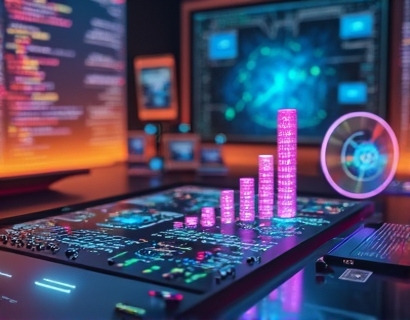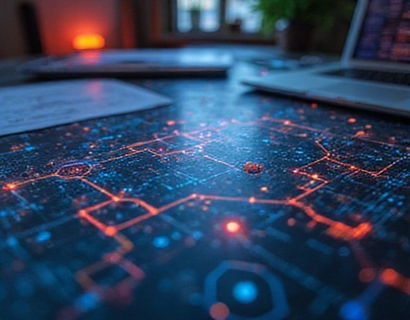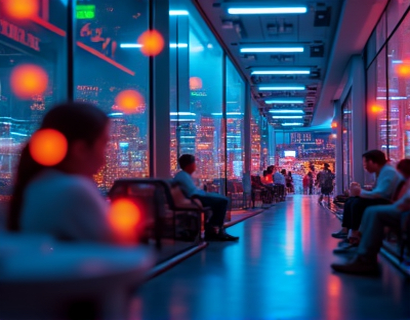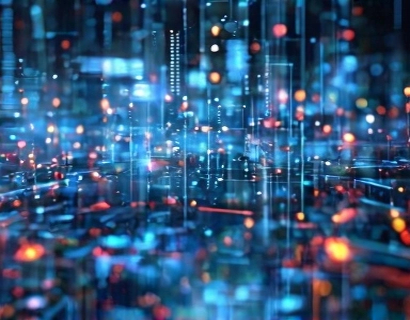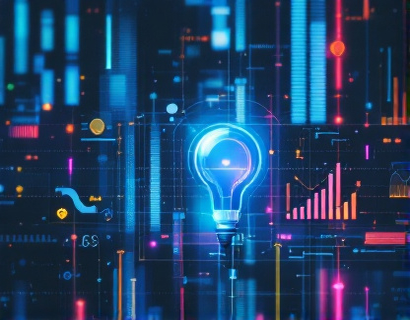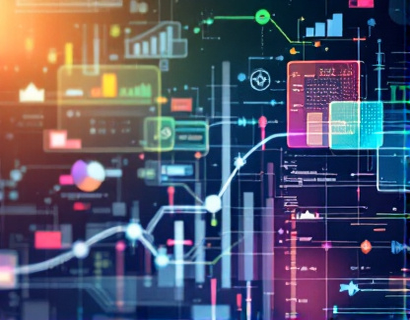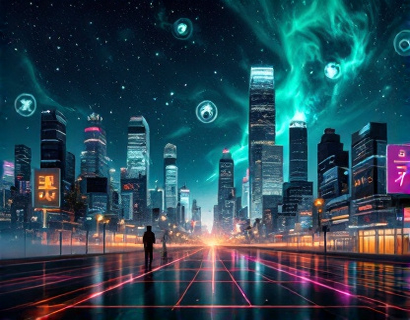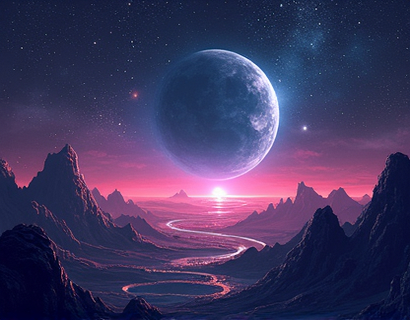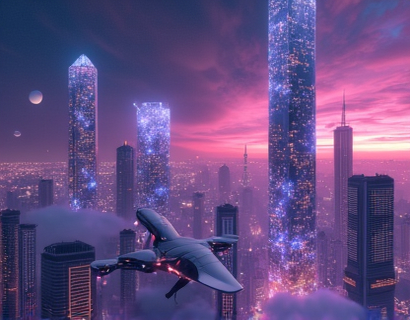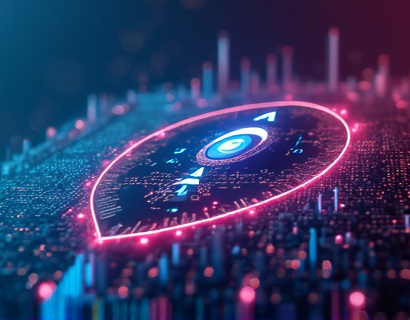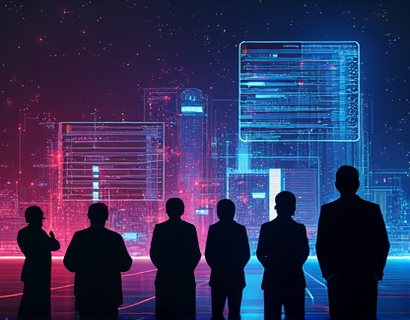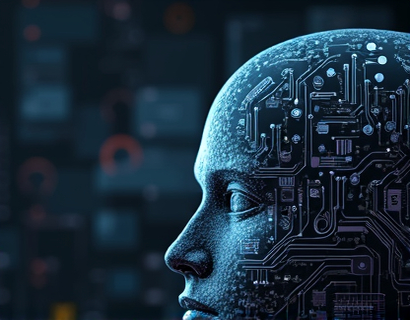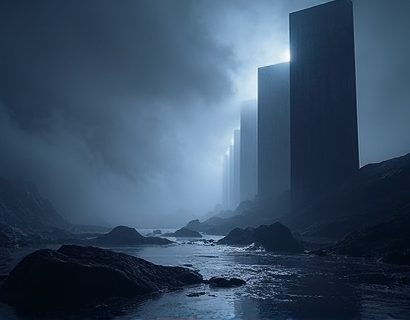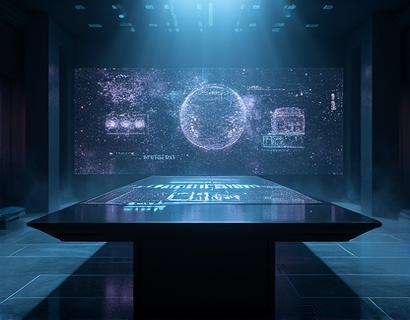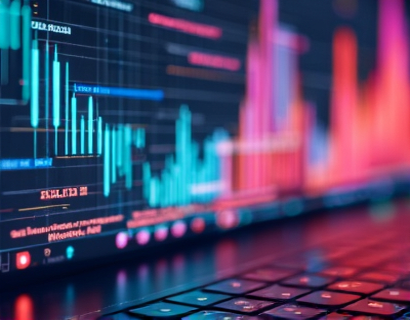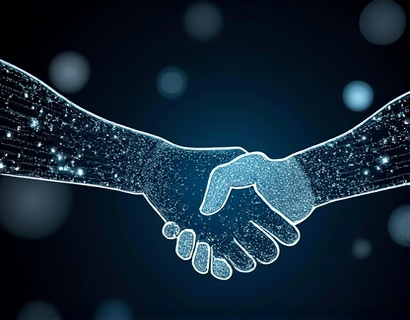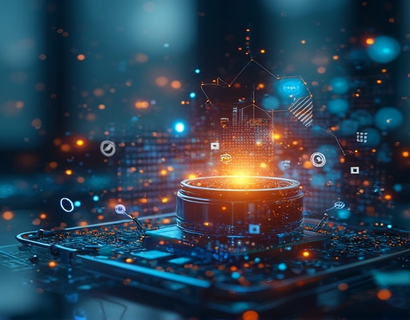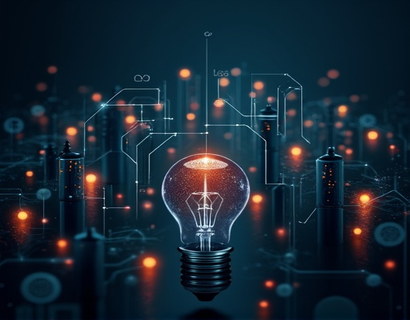Exploring the Magic of Animation: Insights for All
The world of animation is a vibrant and ever-evolving landscape, captivating audiences of all ages with its blend of art, technology, and storytelling. From classic hand-drawn cartoons to cutting-edge computer-generated imagery (CGI), animation has become an integral part of our cultural fabric. This journey through the realm of animation is designed to be an educational and engaging experience for families, enthusiasts, and young learners. Utilizing AI-driven insights, we aim to provide verified knowledge that ensures a safe and enriching exploration of cartoons and the animation industry.
Understanding Animation: A Brief History
The roots of animation can be traced back to the late 19th century with the invention of the phenakistoscope and the zoetrope, devices that created the illusion of motion through a series of static images. However, it was not until the early 20th century that animation began to take its modern form. Walt Disney's "Steamboat Willie" in 1928, featuring the iconic character Mickey Mouse, is often cited as one of the first successful synchronized sound cartoons. This marked the beginning of a new era in animation, paving the way for future innovations.
The Art and Science of Animation
Animation is both an art and a science, combining creative vision with technical expertise. The process involves creating the illusion of movement by rapidly displaying a sequence of images, known as frames. Each frame is slightly different from the previous one, creating the effect of motion when viewed in sequence. This principle, known as persistence of vision, is fundamental to how animation works.
Traditional animation, or cel animation, involves drawing each frame by hand on transparent sheets called cels. These cels are then photographed over a background to create the final animated scene. With the advent of computer technology, computer-generated animation (CGI) has become prevalent, allowing for more complex and detailed animations. CGI uses software to create and manipulate digital models, textures, and lighting to produce photorealistic or stylized animations.
Key Techniques in Animation
Several key techniques contribute to the creation of compelling animations. One of the most important is keyframe animation, where animators define the starting and ending points of an action, and the software interpolates the frames in between. This method is efficient and allows for smooth transitions.
Another crucial technique is motion capture, which involves recording the movements of real actors and translating them into digital models. This technique is widely used in CGI films to achieve realistic character movements. Rigging, the process of creating a digital skeleton for a character, is essential for motion capture, enabling precise control over the character's movements.
Animation in Modern Media
Animation is not limited to traditional cartoons; it has expanded into various forms of media. Television shows, feature films, video games, and even live-action films increasingly incorporate animated elements. The use of animation in advertising and educational content has also grown, leveraging its ability to engage and inform audiences effectively.
In recent years, 3D animation has become particularly prominent, thanks to advancements in technology and software. Films like "Toy Story" and "Avatar" have pushed the boundaries of what is possible in animation, showcasing the potential for immersive and visually stunning experiences. These films demonstrate the power of animation to transport viewers to new worlds and tell stories that resonate on a deep emotional level.
The Role of Animation in Education
Animation plays a significant role in education, serving as a powerful tool for teaching complex concepts in an engaging and accessible way. Animated explanations can simplify intricate ideas, making them easier to understand for students of all ages. For instance, animated tutorials in science and mathematics can illustrate processes and principles that might be difficult to convey through text or static images alone.
Moreover, animation can foster creativity and critical thinking. By encouraging students to create their own animations, educators can promote problem-solving skills and artistic expression. This hands-on approach not only enhances learning but also helps develop technical skills in areas such as storytelling, design, and programming.
AI-Driven Insights for Animation Enthusiasts
For those passionate about animation, staying informed about the latest trends, techniques, and innovations is crucial. AI-driven insights offer a valuable resource for enthusiasts, providing verified and up-to-date information on various aspects of the animation industry. From the latest advancements in CGI to emerging trends in animation storytelling, AI can curate and present this information in a structured and accessible manner.
One of the key benefits of AI-driven insights is their ability to personalize content based on user interests and preferences. Whether you are a beginner looking to learn the basics or an experienced animator seeking to stay current with industry developments, AI can tailor the information to suit your needs. This personalized approach ensures that users receive relevant and meaningful content, enhancing their learning and enjoyment.
Ensuring Safety and Accessibility for Young Learners
For families and young learners, accessing reliable and safe educational content is paramount. AI-driven platforms can offer child-friendly versions of animation insights, ensuring that the information is appropriate and engaging for younger audiences. These versions can include simplified explanations, interactive elements, and visual aids to make learning fun and interactive.
Safety is a top priority, and AI can help filter content to remove any inappropriate material. By monitoring user interactions and content, AI systems can create a secure environment where children can explore and learn without exposure to harmful or unsuitable content. This ensures that young learners can benefit from the educational value of animation insights while staying safe online.
Community and Collaboration in Animation
The animation community is a vibrant and collaborative space, bringing together artists, storytellers, and technologists from around the world. AI-driven platforms can facilitate connections and collaborations, allowing professionals and enthusiasts to share ideas, resources, and feedback. Online forums, virtual workshops, and collaborative projects powered by AI can help foster a sense of community and drive innovation in the field.
For young learners and aspiring animators, these platforms offer opportunities to connect with mentors and peers, gaining valuable insights and support. By participating in these communities, users can learn from the experiences of others, receive constructive feedback on their work, and stay motivated on their creative journeys.
Future Trends in Animation Technology
Looking ahead, several trends are shaping the future of animation technology. One of the most exciting developments is the integration of artificial intelligence in the animation process. AI algorithms can assist in tasks such as character animation, environment generation, and even scriptwriting, streamlining workflows and enhancing creativity.
Another significant trend is the rise of virtual and augmented reality (VR/AR) in animation. These technologies offer immersive experiences that transport viewers into animated worlds, creating a more interactive and engaging viewing experience. As VR/AR technology continues to advance, we can expect to see more innovative applications in both entertainment and educational contexts.
Additionally, the increasing accessibility of animation tools and software is democratizing the creation process. With user-friendly platforms and affordable hardware, more people are able to explore their creative potential and produce high-quality animations. This shift not only fosters a more diverse range of voices in animation but also encourages experimentation and innovation.
Conclusion: Embracing the World of Animation
Animation remains a dynamic and influential medium, offering endless possibilities for creativity and storytelling. Whether you are a family looking to explore the magic of cartoons together, an enthusiast eager to deepen your knowledge, or a young learner eager to dive into the world of animation, AI-driven insights provide a valuable resource. By ensuring access to verified and engaging content, we can support a safe and enriching exploration of this captivating art form. Embrace the world of animation, where creativity knows no bounds, and the journey of discovery is just beginning.



